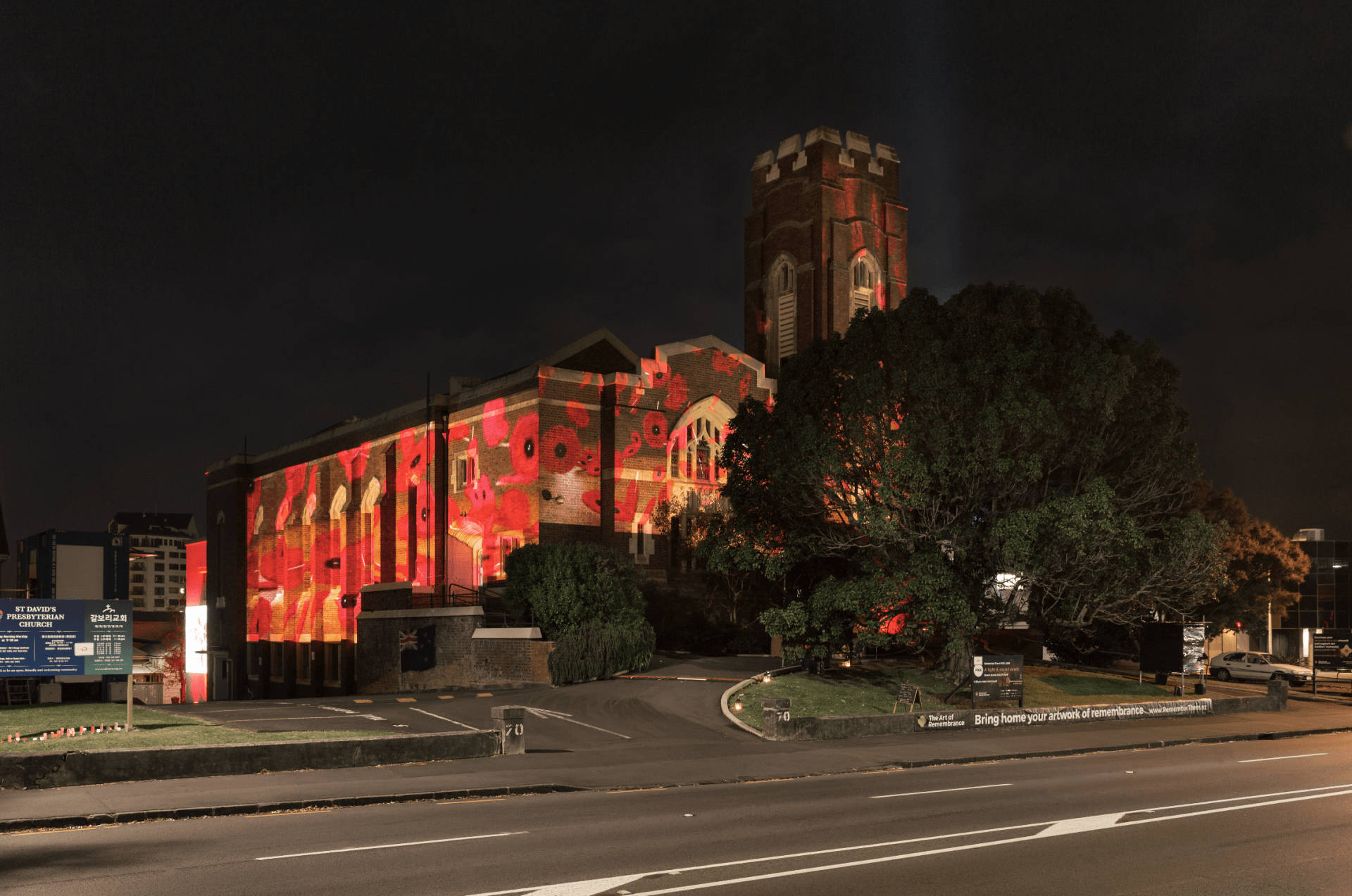
Steeples & Peoples
Words: Freya Sawbridge
At the heart of Uptown sits a cluster of historic buildings that have been focal points in the neighbourhood’s rich past. Traditionally, when a site was chosen for a church it was likely to be near a city’s highest point, so the four churches close to Maungawhau are a nod to a motorway-free, pre-apartment era. In an architectural sense, they are quite different from one another, but over generations they have all provided gathering spaces for the community within walking distance.
As we observe Uptown’s transformation daily, we thought we’d take time to highlight the design of places that have stood in our community for so long.
St Benedict’s Church
The Catholic community of Newton was originally served by a tiny wooden chapel in Alex Evans St, but the growth in the area’s population, including Irish immigration resulting from the Great Famine, necessitated a larger building. In 1880, a group of parishioners bought land from Auckland City Council and the architects E. Mahoney & Sons were commissioned to design the church. The building was consecrated on July 23 1882, and is thought to have been the largest wooden church in New Zealand at that time. An article from the NZ Herald in 1882 read:
“Opening services of St Benedict’s Church, Newton, took place yesterday, and were attended with every circumstance that could render them impressive. The spacious church was crowded with 2000 being present at each service.”
No less than four years after the church was opened, a fire broke out in Upper Queen Street that spread to neighbouring properties and eventually all the way to St Benedict’s, which was completely destroyed. The church was rebuilt using exposed brick instead of timber and with a roof made from English slate. Its solid build resembles a Greek temple and the asymmetrical design is a nudge to Augustus Pugin’s influence – he was a pioneer in Gothic Revival architecture and the sharp, angular structure with steep roofs is a common feature that references the Higher Power.
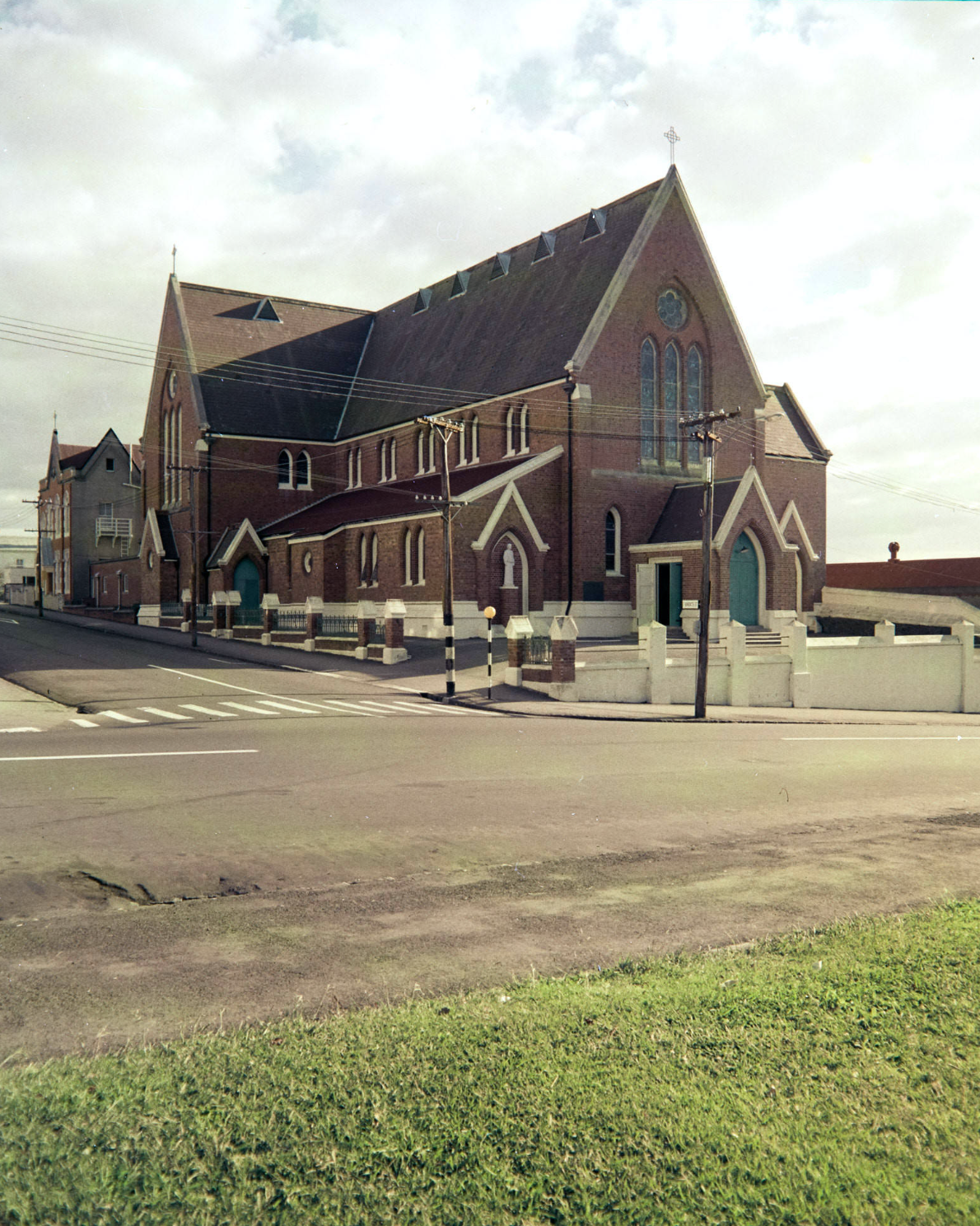
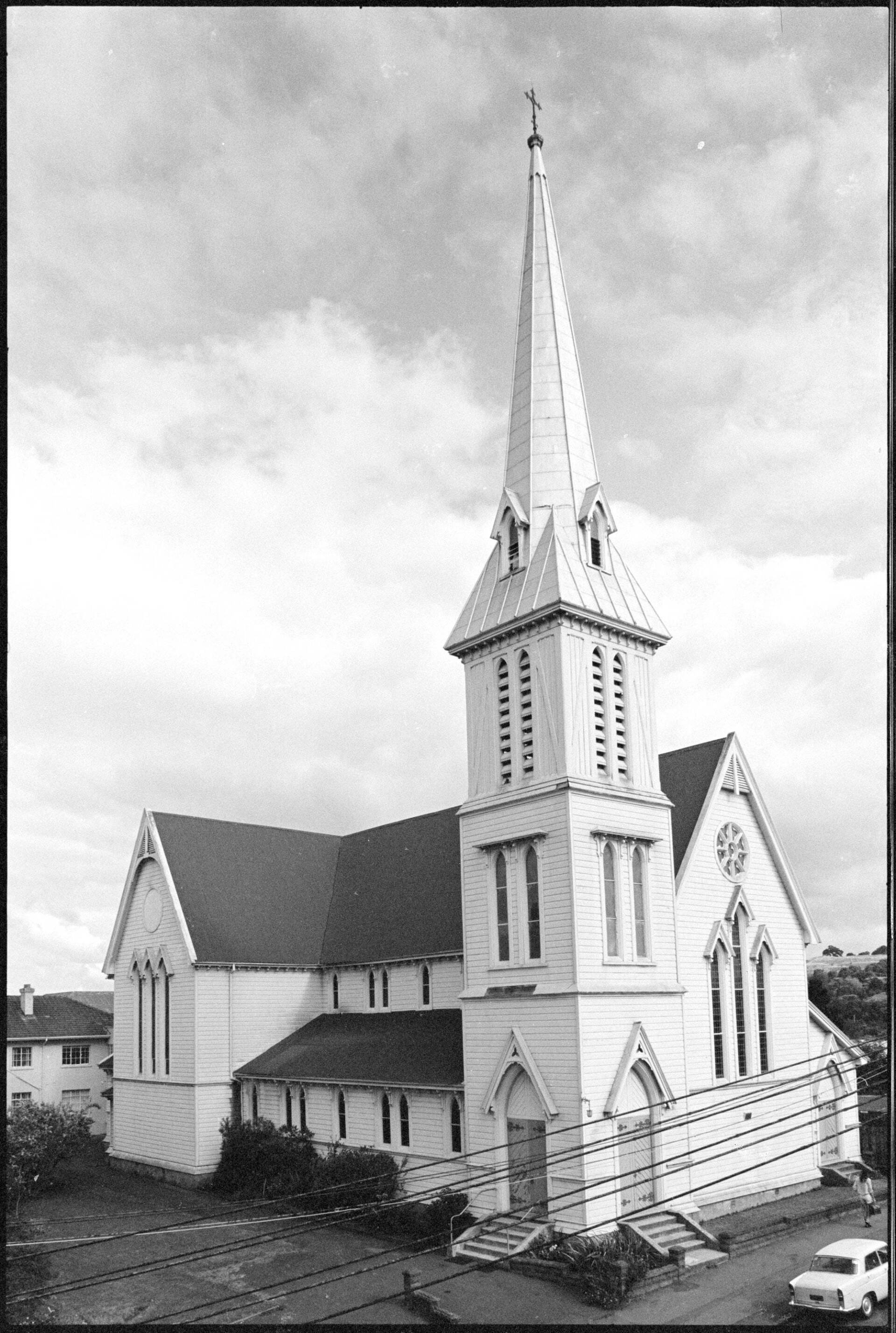
Church of the Holy Sepulchre
Many of the early churches in New Zealand were built with stone, but the Church of the Holy Sepulchre used New Zealand timber, a response to our plentiful timber resources at the time. It also withstands earthquakes better than other materials.
This church is a perfect example of Gothic Revival, an architectural movement that began in 18th-century England. Instead of ostentatious detail, this movement focused on stripping back design. It was believed that exposing the structure of the building, uncovering rafters and not disguising other supports, would cultivate a more honest and truthful relationship with God. Its Lady Chapel, a smaller chapel inside the church dedicated to the Virgin Mary, is notable as a well-preserved example of 1930s ecclesiastical design.
Prominent Kiwi historian Michael King said New Zealand’s timber Gothic Revival churches are “our one memorable contribution to world architecture”.
Over time, the original Anglocentric vision for this church slowly began to take on a more multicultural aspect. During the 1960s, Māori began moving from rural areas to our burgeoning cities and the parish was eventually taken over by the Auckland Anglican Māori Mission in 1969. The church was so intertwined with the Māori community that it was chosen as a prominent location for New Zealand’s first Māori-language feature film,
The Māori Merchant of Venice, shot in 2001.
In 2004, a leadlight panel of a wāhine wearing korowai and a pounamu necklace was commissioned and placed in the church to reflect the increasingly significant cultural, historical and spiritual Māori connection.
Cityside Baptist Church
After smaller structures were built in the 1880s, the growth of the congregation and the widening of Mt Eden Rd required a new building. The present-day structure was constructed in 1906 for £1600 and it originally served as a popular Sunday School in conjunction with church services, which made its design particularly utilitarian and unadorned. The church grew in importance until industrialisation pushed people to the suburbs and attendance declined. In 1960, the church was established as a city mission and in 1993, the name was changed to Cityside Baptist Church and City Mission to reflect the amalgamation of social services and a place of worship.
Today the church hosts regular services as well as supporting community activities such as art classes and theatre performances.
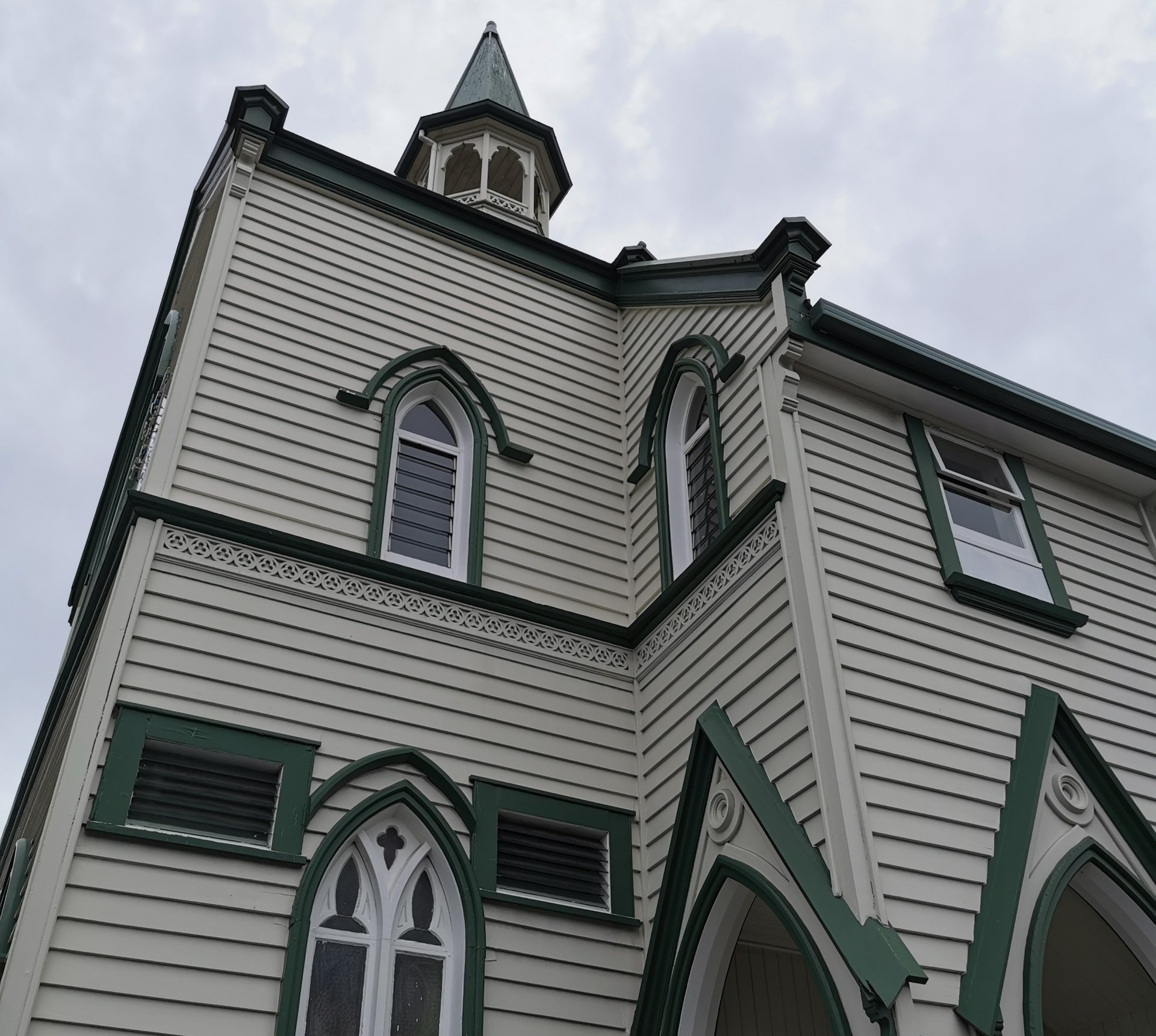
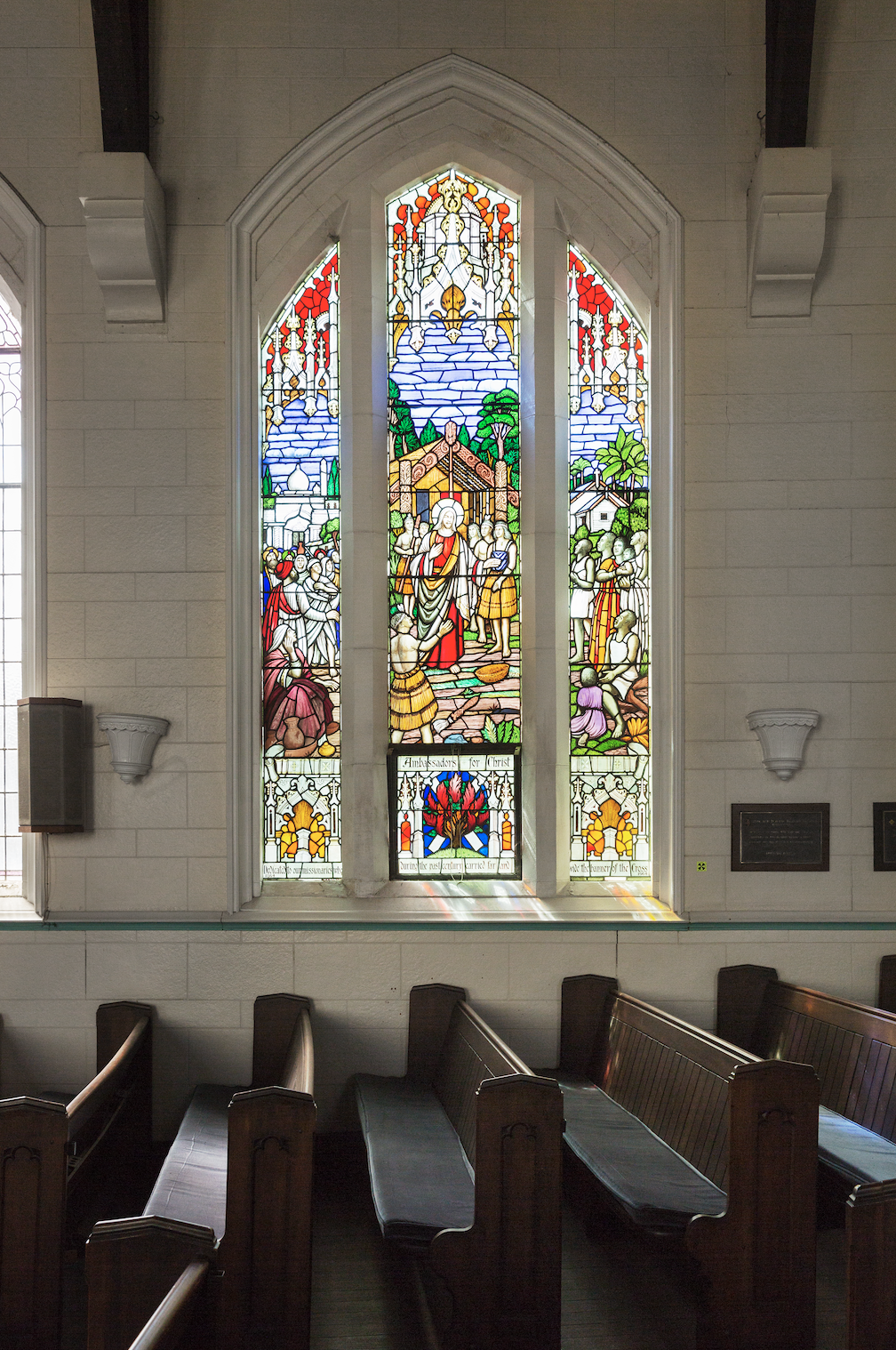
St David’s Church
St David’s Memorial Church was fondly known as “The Cathedral of the Presbyterian Church” and it occupies a prominent landmark position on Khyber Pass, opposite the Anglican Church of the Holy Sepulchre. Its foundation stone was laid on ANZAC Day 1927. It was dedicated as The Soldiers’ Memorial Church in October of that year. In 2018 it was designated a Category A Historic Heritage Place for its significance to the Auckland region. It is a rare ‘living’ memorial, in that it was built in its entirety as a place of remembrance.
The church is made from Oamaru Stone and heritage red Kamo Brick and designed in the timeless Roman-Gothic Revival style. Pointed windows reflect the Gothic influence and rounded windows the Roman. The great, generous windows of St David’s fill the interior with light. A clipping from a 1925 NZ Herald article reveals architect Daniel Patterson’s plans for the church included “a square Gothic tower surmounted by battlements and faced with buttresses at the angles and louvres in the window openings.” The interior features a subtly raked floor, single-span wooden ceiling and superb acoustics.
Friends of St David’s Trust, an independent charity that has successfully worked to save St David’s since 2014. Now St David’s Memorial Church, Old St David’s and car park are open to a public tender process.
Old St David’s is a Gothic-style Church completed in 1880 to the design of Edward Bartley and featured a tall octagonal spire and wrought iron spire. The Church was relocated in 1902 from Symonds Street to Khyber Pass Road, then relocated to an adjacent site in 1926 when the Memorial Church was built. The Tower was removed in the 1950s but the original church form remains and the interior features totara brackets and kauri principals resting on carved trusses. It has no heritage protection and nor does the sentinel Pōhutukawa on the road front which is now at grave risk from developers. It is one of only two great Pōhutukawa that remain on Khyber Pass Road.
Quick Facts
Cityside Baptist Church
Built: 1906
Denomination: Baptist
Located: 8 Mount Eden Road, Grafton
St Benedict’s Church
Built: 1888
Denomination: Catholic
Located: 1 Saint Benedicts Street, Eden Terrace
Architect: E. Mahoney and Son
Church of the Holy Sepulchre
Built: 1880
Denomination: Anglican
Located: 71 Khyber Pass Road, Grafton
Architect: E. Mahoney and Son
St David’s Church
Built: 1927
Denomination: Presbyterian
Located: 70 Khyber Pass Road, Grafton
Architect: Daniel Patterson
Share This Story

